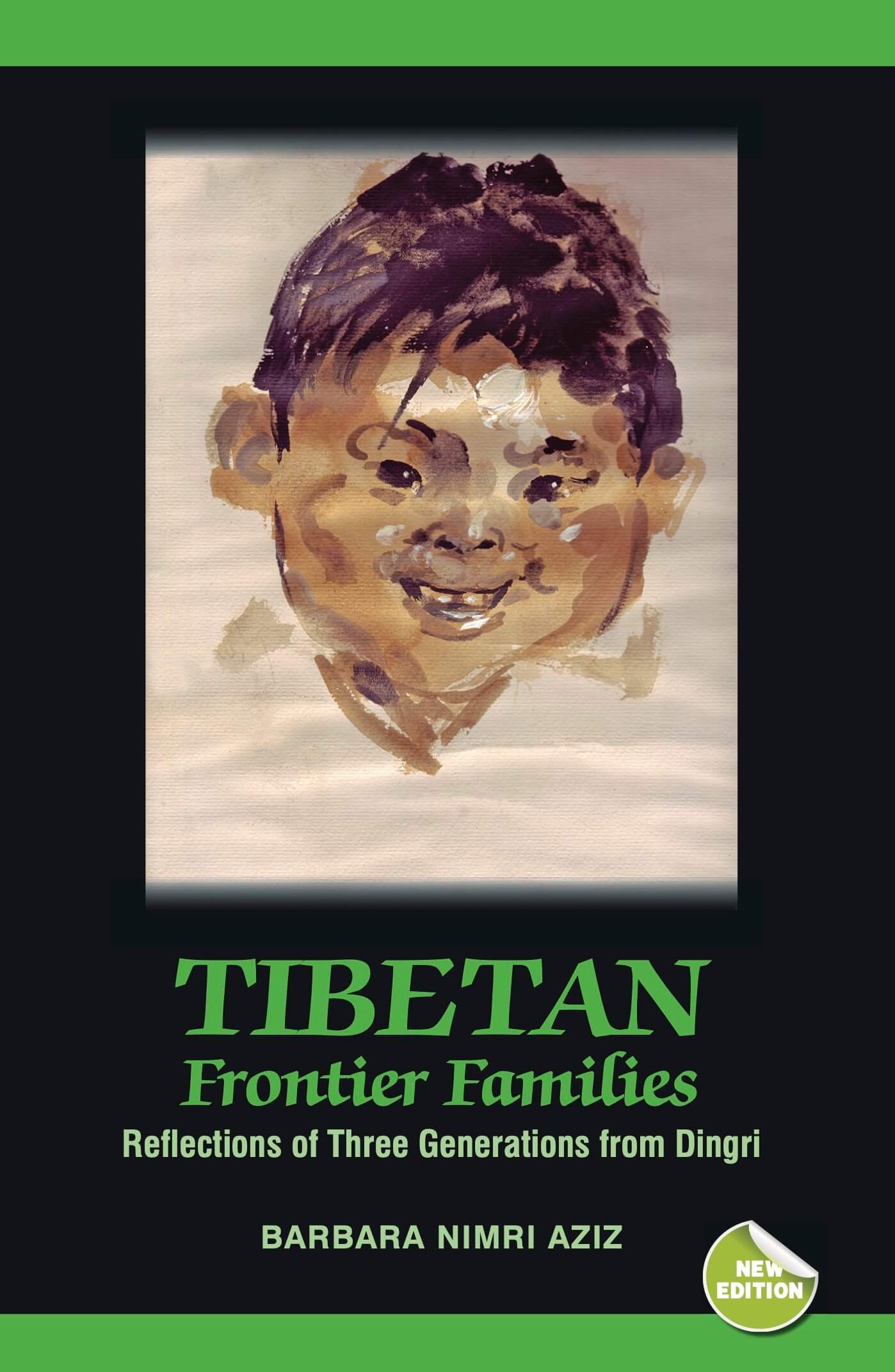Description
Together with a new preface detailing the author’s 1987-88 research in Tibet, Tibetan Frontier Families becomes a chronicle of four generations of Tibet’s Dingri people. This community of a hundred villages is embedded in the Tibetan valleys and hillsides of Dingri, adjacent to the Pung Chu River in Tibet, facing Mount Everest from the north, on the main route between Nepal and Lhasa, Tibet. This rich anthropological study, a unique chronicle, now updated with a beautifully written preface, was the first sociological account of its kind. Along with its unparalleled personal portraits of these mountain people, the book explains Tibetans? complex household structure detailed in family genealogies and case histories. We understand the economy of Dingri in the context of village affairs and in relation to the land on which people move and work. We learn religious history and what it means to be a monk and nun though intimate and vivid stories of family dynamics and the charisma of spiritual masters. From hundreds of accounts assembled by a highly trained scientist, emerges the rhythm of a civilization in continuum. The body of the book is based on the author’s 1970 research among Tibetan refugees in Nepal. With her subsequent visits into Tibet, recorded in the new edition preface, the anthropologist reveals still more dimensions of Dingri’s personality: its austere physical landscape, ongoing economic and cultural dynamics, the survival of religious institutions and changes following the imposition of Chinese rule over Tibet. This edition also includes new photographs taken by the author during her 1988 excursions through Dingri.







Reviews
There are no reviews yet.